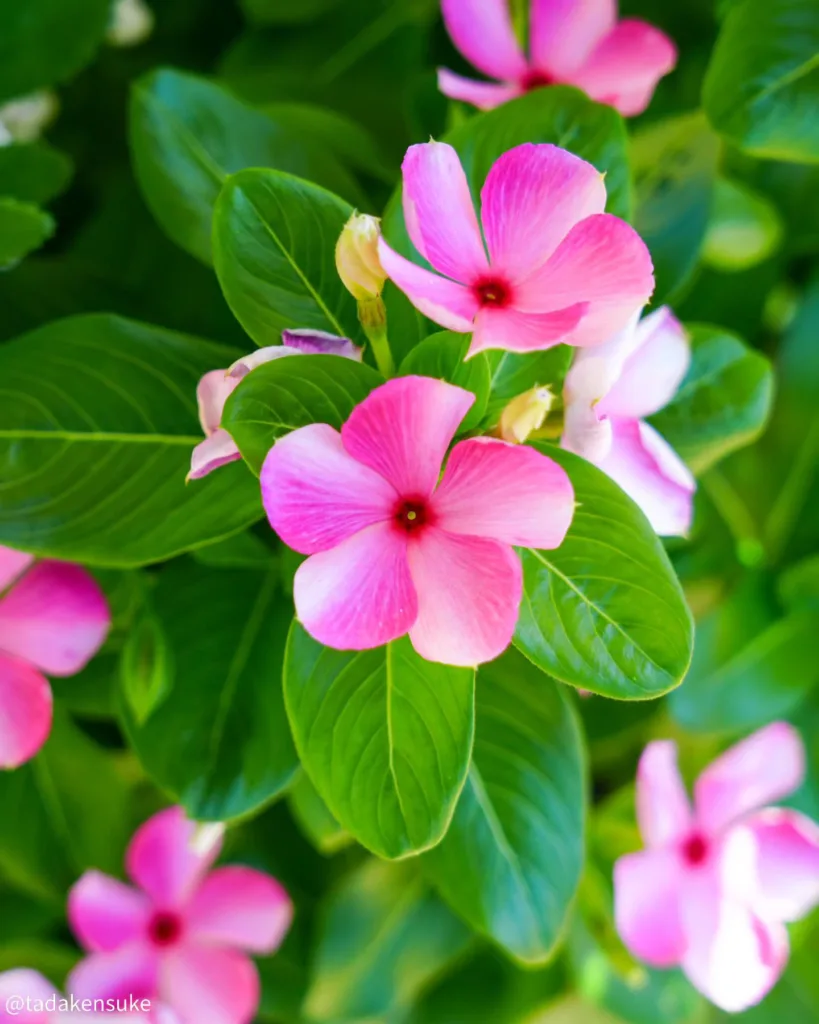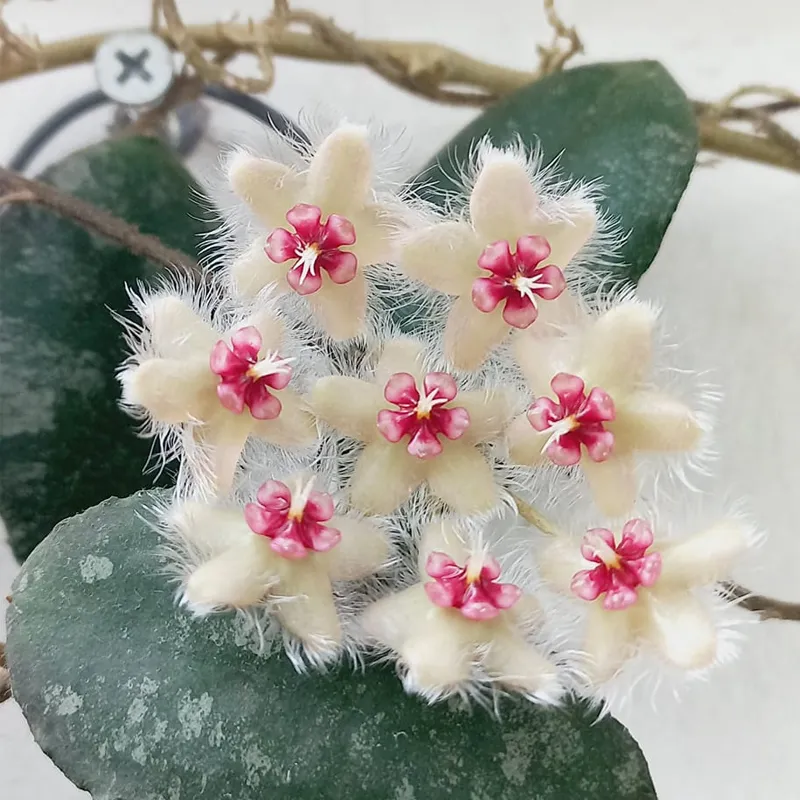All About Dryopteris Arguta: Your Guide to the Coastal Wood Fern
Hi, I’m Ferb Vu, and I’m here to answer all your questions about Dryopteris arguta, also known as the Coastal Wood Fern. This elegant fern native to western North America is a popular choice for gardeners seeking a touch of lush greenery in their shade gardens.
Whether you’re a seasoned plant enthusiast or just starting your gardening journey, this FAQ will equip you with the knowledge to cultivate a thriving Coastal Wood Fern.
432 Species in Genus Dryopteris
What is Dryopteris Arguta?
Dryopteris arguta is a captivating evergreen fern known for its vase-shaped form and lacy, deep green fronds. These fronds, reaching up to 2 feet in length, sprout from a stout, creeping rhizome. The finely divided leaflets, bipinnate in form, can have either toothed edges or bristled tips, adding a touch of texture to the overall appearance.
This adaptable fern thrives in various habitats, from shady woodlands to low-elevation slopes, making it a versatile addition to your landscape.
Where Does Dryopteris Arguta Grow?
As its common name suggests, Dryopteris arguta is native to the west coast of North America. Its range stretches from British Columbia down through California and into Arizona. It flourishes in both coastal and western interior mountain regions, adapting to elevations between sea level and a cool 6,000 feet.
This fern prefers the dappled light and cool moisture found under the canopy of mature trees.
Sun Requirements for Dryopteris Arguta
Unlike some ferns that demand constant moisture, Dryopteris arguta exhibits a surprising tolerance for drier conditions. While it appreciates consistent moisture, it can withstand periods of dryness once established.
However, when it comes to light, Dryopteris arguta leans towards the shade-loving side of the spectrum. Part shade to full shade is ideal for this fern. Avoid placing it in direct sunlight, as this can scorch its delicate fronds.
Planting and Caring for Dryopteris Arguta
Planting your Coastal Wood Fern is a breeze. Choose a location with well-drained soil and afternoon shade. Amending the soil with organic matter like compost can help retain moisture, especially in drier climates.
Water your fern regularly, especially during its first growing season, to establish a healthy root system. As the plant matures, you can adjust watering based on your climate and soil conditions. Aim to keep the soil consistently moist but not soggy.
Fertilizing isn’t strictly necessary, but a light feeding with a balanced fertilizer in spring can give your fern a boost.
Is Dryopteris Arguta Fast Growing?
Dryopteris arguta is considered a slow to moderate grower. Don’t expect it to take over your garden overnight, but it will steadily expand over time, forming a beautiful clump.
Is Dryopteris Arguta Deer Resistant?
Fortunately, Dryopteris arguta is not particularly appealing to deer. While deer might nibble on it occasionally, they’re more likely to leave it alone in favor of tastier plants.
Can Dryopteris Arguta Be Grown Indoors?
While Dryopteris arguta can technically be grown indoors, it’s not the easiest feat. It prefers the cool, moist environment found outdoors and may struggle with the drier air conditions typical of indoor spaces. However, if you’re determined to try, provide plenty of indirect light and maintain consistent moisture.
How is Dryopteris Arguta Different from Other Ferns?
Compared to some ferns that demand constant moisture, Dryopteris arguta’s tolerance for drier conditions makes it a standout. Additionally, its upright, vase-shaped form sets it apart from ferns with a more sprawling growth habit.
What are some Companion Plants for Dryopteris Arguta?
Dryopteris Arguta thrives alongside other shade-loving plants. Consider pairing it with hostas, hellebores, or ferns with contrasting foliage colors like the Japanese Painted Fern (Athyrium niponicum).
With its elegant form, easy care requirements, and adaptability to various environments, Dryopteris Arguta is a valuable addition to any shade garden. So why not add a touch of lush greenery and textural interest to your landscape with this captivating fern?



